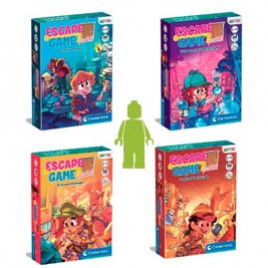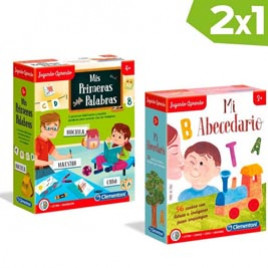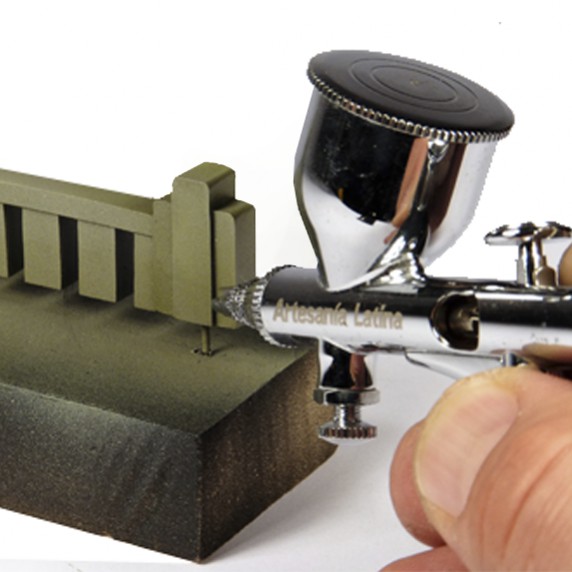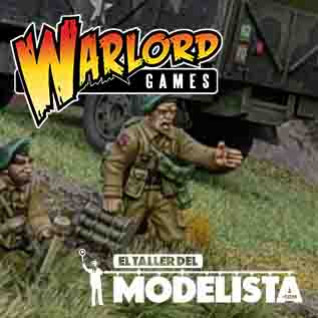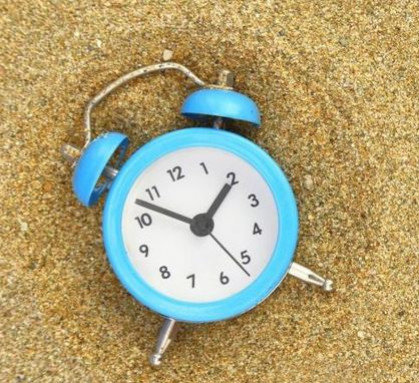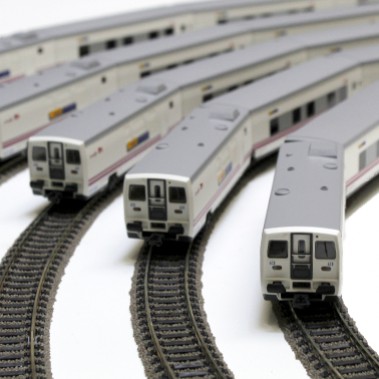We initiate here a series of publications that aim to guide the first steps of modellers who decide to start in this exciting world. The objective is to provide the necessary information so that the newcomers can make the right decisions and clarify the main questions that often arise.
Scale Model Trains
For most people outside the world of modeling, miniature trains are children toys … Nothing is further from reality! Railway modeling is a technical hobby for an adult audience, clearly differentiated from toy trains for children.
Railway modeling is in fact one of the historical pillars of the Hobby. We can think on it as a double-side hobby: collecting and modeling. Each fan conjugates both aspects in the way that he considers appropriate.
Hobbyist are, to a greater or lesser extent, collectors of scale model trains. These models can be constructed by hand or in most cases currently, manufactured in industrial processes and distributed commercially. A scale model train can be an authentic artwork, both aesthetically and mechanically, requiring in its manufacture of really sophisticated technological solutions. When someone outside this “world” see one of these pieces in operation, the most usual thing is to surprise and stop thinking it is a toy for children …
.jpg)
On the other hand, the essence of railway modeling is to see the running in a realistic scenery, that’s why the ultimate goal of many hobbyist is to reproduce reality in miniature in the most accurate way as possible. It is the purest modeling, without limits, you can get to where you want to go … and the variables space and time allow us, of course.
There is a common thought that the railway modeling is an expensive and elitist hobby, but this is a statement that needs a nuance. In what most of the train hobbyist allocate the greatest amount of economic resources is to maintain and expand their collections of model trains (the “collector” part of the hobby). It is not necessary at all to have a huge collection of locomotives and wagons of the best brands to fully enjoy this hobby. Many modelers spend hours and hours on a small corner of a layout or enjoy building a station, in many cases with cheap or recycled materials (the “modeling” part of the hobby).

Constructing a realistic model train layout, even of modest size, requires time (but not necessarily a lot of money), and allows us to develop a large number of skills and knowledge. From the initial approach to design and execution, the railway model fosters imagination, patience, perseverance and (of course) walks through nature and observation of reality. In addition, it brings the infinite satisfaction and pride of the work done by oneself and the improvement of each one’s abilities.
.jpg)
Although it is true that it is a technical hobby, in the beginning there are only a few things that we must take into account. The most technical issues can be ignored for the moment!
The most important issues we must decide as soon as we start in this fascinating world of railway modeling are two: Scale and control system. This will determine the direction of our future hobby.
Reading of magazines, bibliography and specialized websites, as well as attending railway modeling meetings is without doubt a very recommendable first step.
There is an exciting world in miniature to discover!









